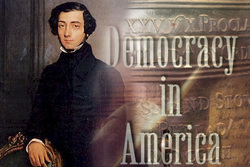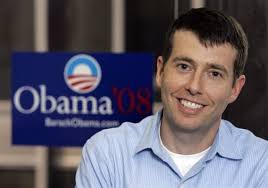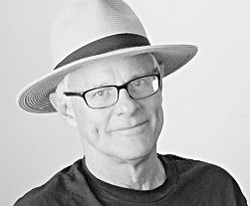 Image: Jared Rodriguez Image: Jared Rodriguez
Several years ago when organizing in Arizona I was surprised to see reports detailing the number of voters being registered by local chapters of a well known national organization. Wow, were they impressive! Because I was on the ground, all over the state, my suspicions were aroused. Drilling down into the numbers, I discovered that the registrations were inflated by a factor of three. In fact, if the numbers reported by the groups had approached their claims the entire state would have flipped politically overnight. It didn’t. Not even close. Not statewide. Not in specific legislative districts. Not in cycle after cycle. Data, it turned out, was falsified to scale. Because many funders were invested heavily in the alleged voter registration bonanza, they discounted skeptics as “sour grapes”. The number cooking continued for years thereafter. Precious dollars were dumped down the rat hole of false claims for almost a decade. Worse, those who were actually doing the hard, patient work of voter registration and education appeared puny in comparison to what was being trumped up with a national megaphone. Eventually some funders figured out that they were being gamed. With the introduction of new technologies invested in a range of accountability loops they torqued down their data driven approach. They believed that reduced scamming would improve their desired outcomes. But there was an unintended consequence more damaging than fake numbers. Most of the deep and real organizing that some funders supported ended in favor of new contact/outcome metrics. A crude utilitarianism swept over dollar flows incentivizing the lowest level of task while undercutting deeper, more sustainable relationship building and organizing. As most of the funder world went hook line and sinker for this paper-thin instrumentalism, whatever teaching and learning they once supported vaporized.
1 Comment

Conventional wisdom has it that Industrial Areas Foundation (IAF) style face-to-face organizing is outdated and outmoded – a kind of political blast from the past. The primary technologies invented by Saul Alinsky are now seen by many as quaint outcroppings of a now bygone era. Today’s Alinskyites, according to this view, are building political ghost towns in desert wastelands far from the wellsprings of real power. Short on scale, short on national reach, short on grand plans. This is the critique delivered by a raft of politicians (including President Obama himself), academics, union leaders and political consultants.
New modes of web based communication - faster, easier to scale, simpler to launch and subject to manipulation by a handful of super techies and their backers – are touted as a superior use of time, talent and money if change is the objective and utilitarian metrics the obsession. Grand scale initiatives appealing to mega donors driven by the promise of big, fast change dwarf the slow, patient work of face-to-face organizing. Modern political campaigns including the spectacular flare up of the first Obama campaign exemplify the high dollar, high tech approach to messaging, vote gathering and measured impact. The fact that David Plouffe and company pursued the systemic integration of low tech “house meetings” to augment both the air and ground games of the first Obama campaign reflects the extent to which the imperial vision of candidate promotion digested face to face Alinskyite modalities for its own ends. The house meetings served an important purpose of offering the appearance of attention and consultation to a voting population hungry for the touchstone of real engagement. They also blipped upwards the high tech communications database and added bodies to the walks and talks of the ground game. More sales event than real conversation the Plouffe/Obama approach betrayed the core value of the house meeting. The campaign ended up compromising and trivializing the house meeting methodology even while succeeding at advancing an instrumental outcome – the election of Barack Obama. From the point of view of political instrumentality these events were a grand success. From the point of view of deepened democratic practice they were short term, shallow, deceptive and ultimately disheartening for legions of participants. |
Frank C. Pierson, Jr.Frank Pierson retired after forty years of work with the Industrial Areas Foundation (IAF) as a professional organizer. He began his career in 1971 in Chicago, moved to Queens, New York City and migrated west to work in Arizona, New Mexico, Nevada and Colorado. He resides with his wife, Mary Ellen Kazda, in Oracle, Arizona. He may be reached at [email protected] Archives
June 2018
|




 RSS Feed
RSS Feed
